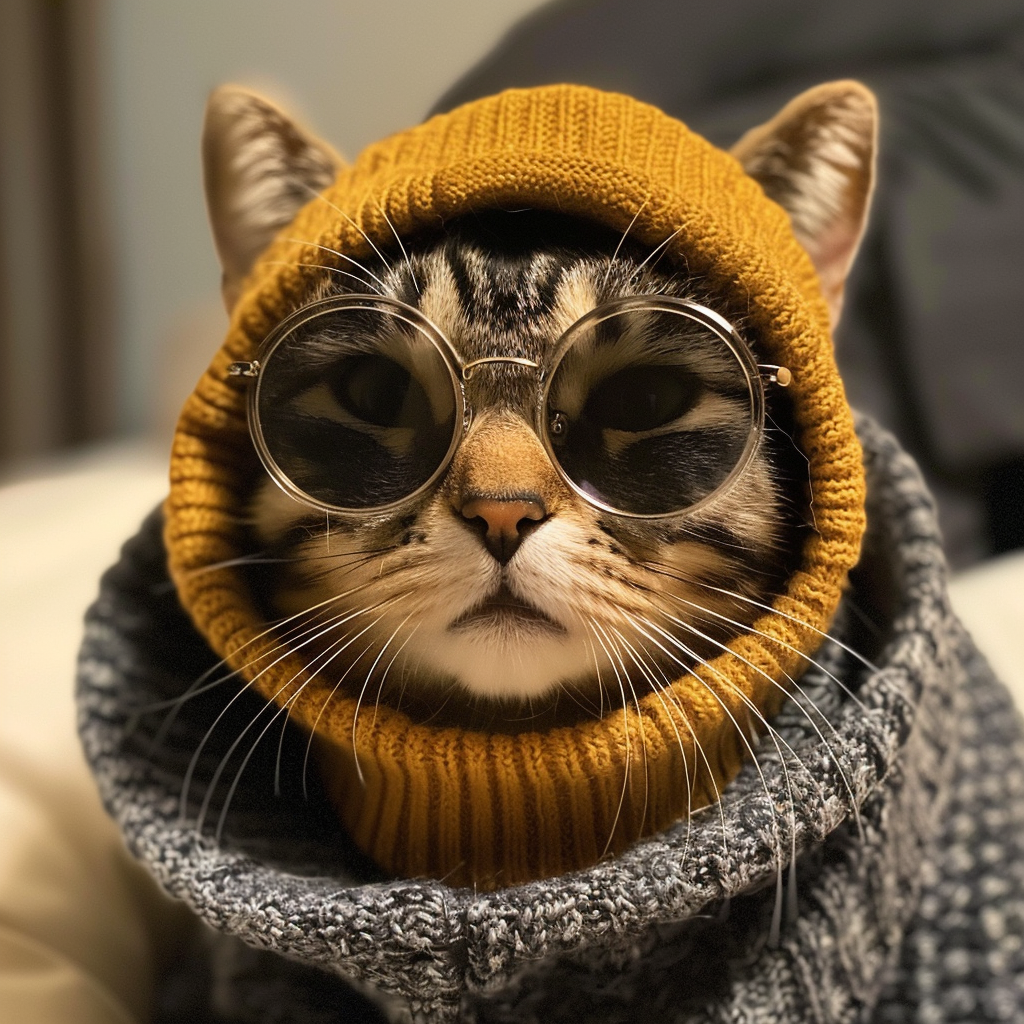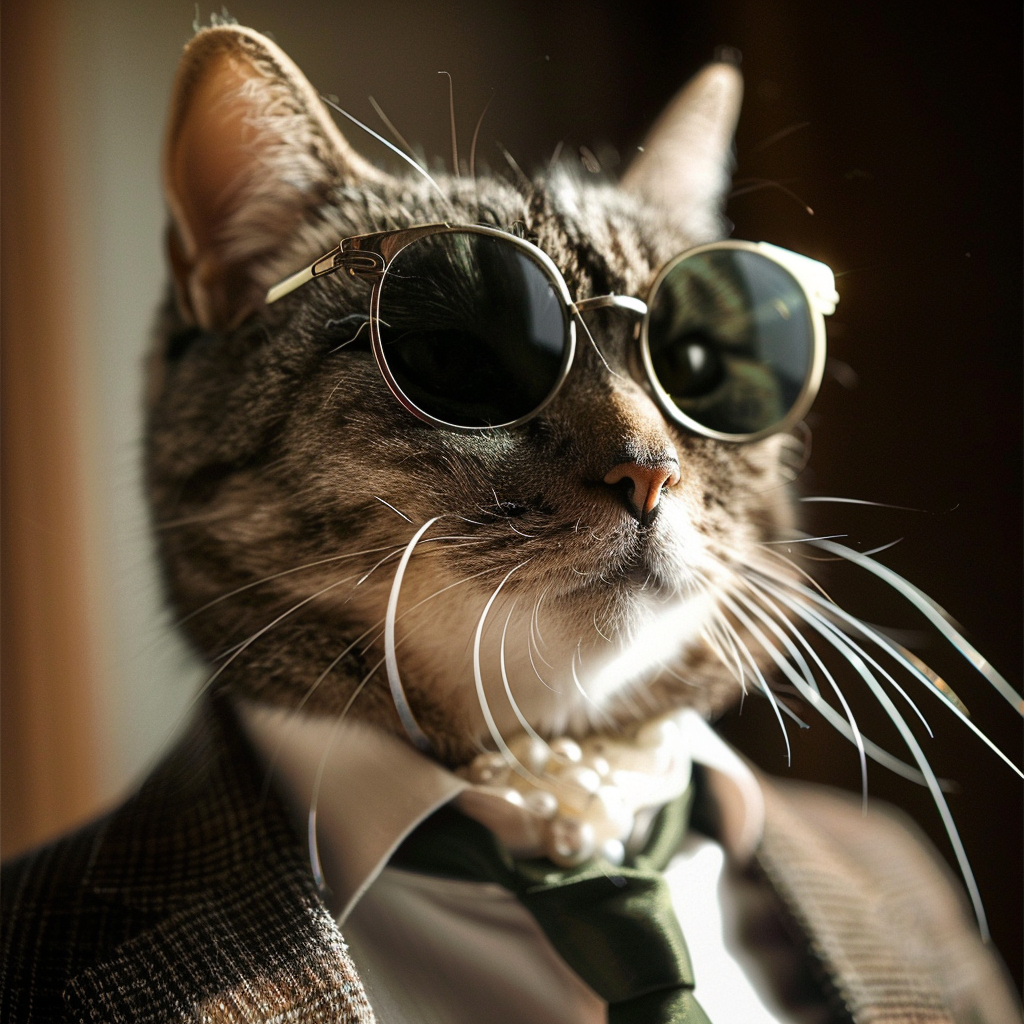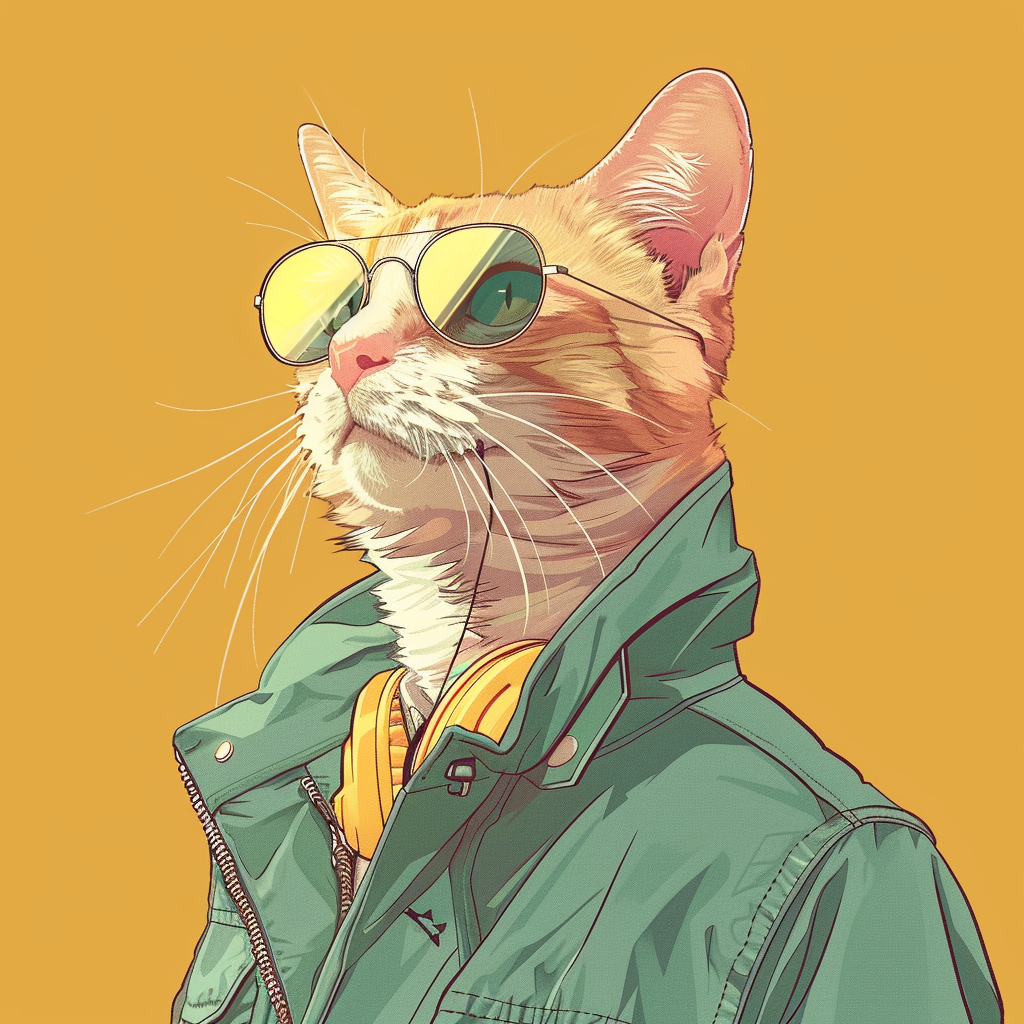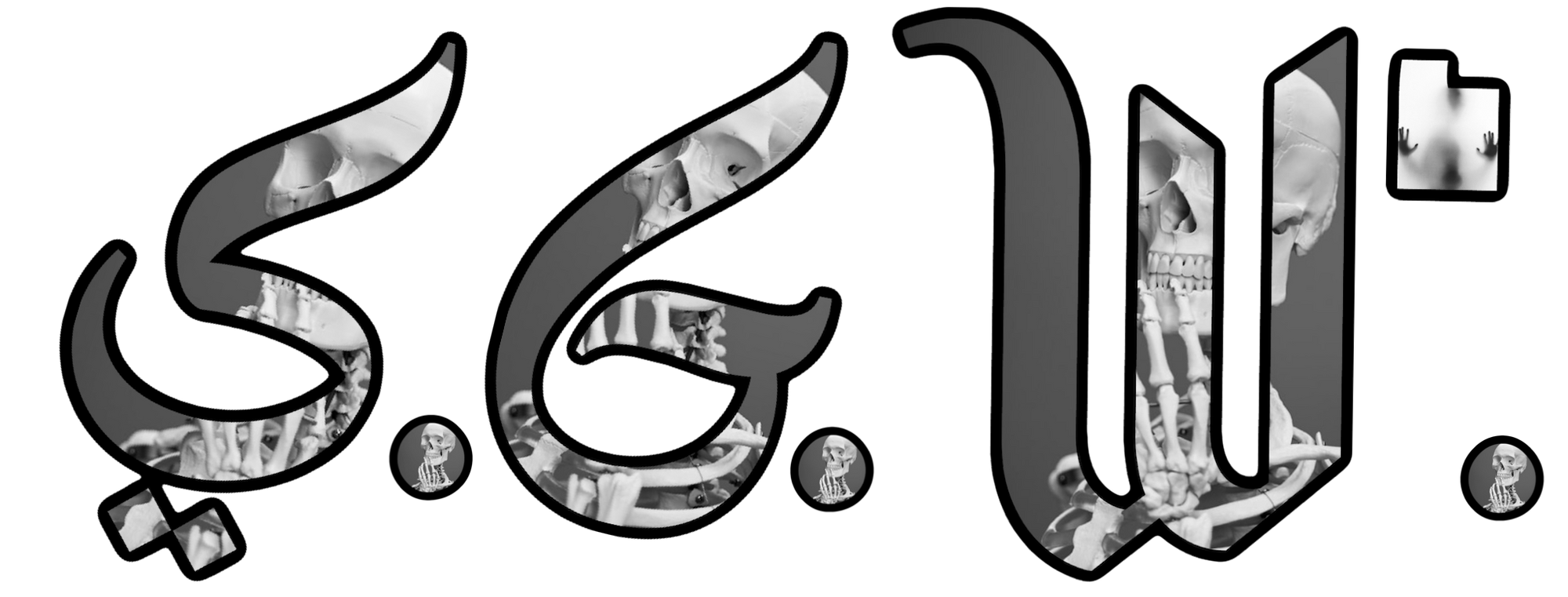In the smoky speakeasies and dimly lit jazz clubs of 1920s America, where the air thrummed with syncopated rhythms and the clink of illicit glasses, a new language was being born. It was here, amid the wail of trumpets and the smooth licks of saxophones, that the term "cool cat" first slunk into the lexicon, as smooth and enigmatic as the music itself.
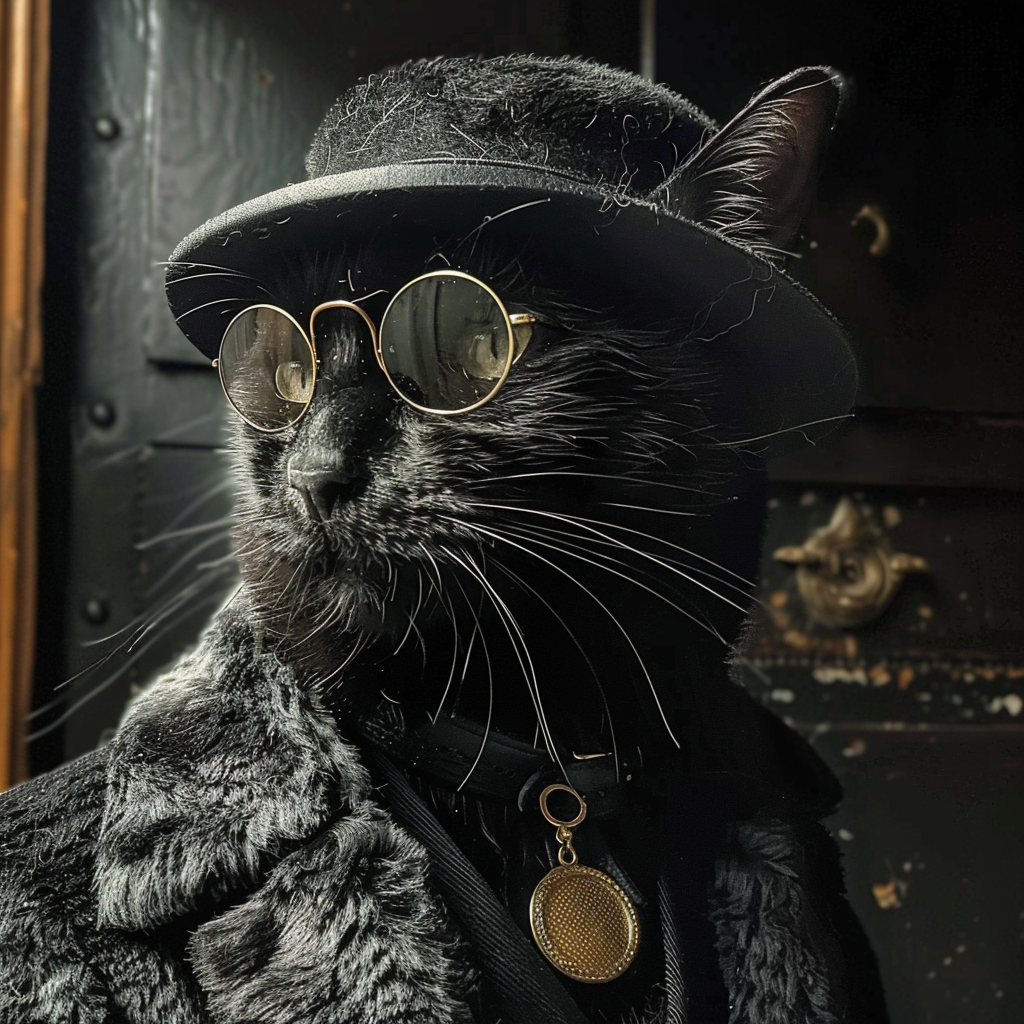
To understand the genesis of "cool cat," we must first dig into the rich soil of African American vernacular. The word "cat" as a term for a person, particularly a man, had been purring along in Black communities since the late 1800s. It was a neutral term, neither compliment nor insult, simply a way to refer to another guy.
But it was the addition of "cool" that gave the phrase its nine lives. "Cool" itself underwent a transformation in the crucible of jazz culture. Once merely a descriptor of temperature, it began to take on new shades of meaning. In the early jazz scene of New Orleans, to be "cool" meant to be relaxed, unruffled, in control – all qualities prized by musicians who needed to keep their composure while improvising in front of hot crowds.
Picture, if you will, a late-night jam session in Harlem, circa 1925. The club is packed, the air thick with cigarette smoke and anticipation. A young trumpeter steps up to take his solo. His fingers don't shake, his brow doesn't sweat. He plays with a detached mastery that leaves the audience spellbound. As he steps back, you might hear a fellow musician lean in and murmur, "Now that's one cool cat."
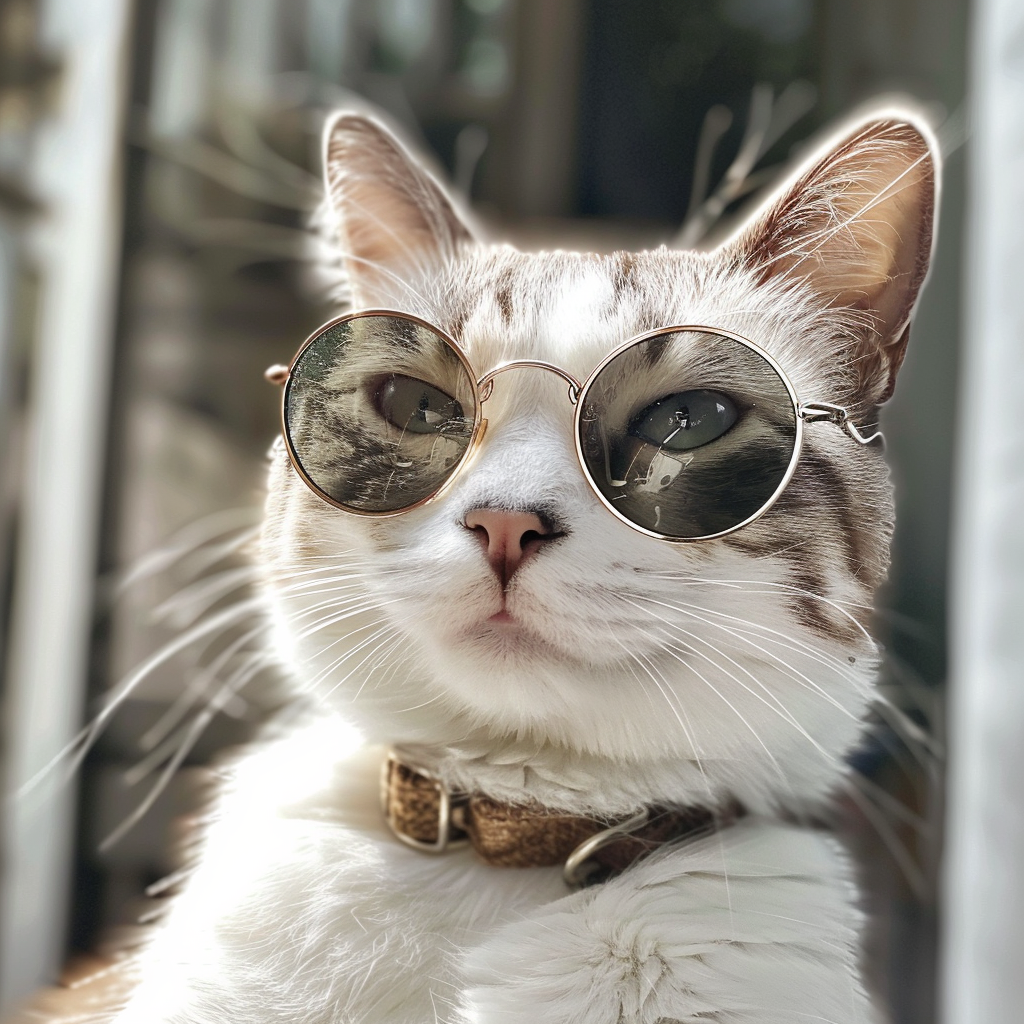
The phrase "cool cat" embodied an ideal – a state of being that was at once aloof and deeply engaged, nonchalant yet passionate. It spoke to a new way of navigating the world, especially for Black Americans facing the harsh realities of segregation and discrimination. To be a "cool cat" was to wear a kind of emotional armor, to present a façade of unflappability in the face of adversity.
As jazz migrated north during the Great Migration, "cool cat" hitched a ride. In the urban crucibles of Chicago and New York, the phrase picked up steam. It became a calling card of sorts, a way for those in the know to recognize kindred spirits. "Hey, cool cat," one might say in greeting, a verbal handshake that signaled shared cultural understanding.
The 1940s saw "cool cat" really hit its stride. As bebop revolutionized jazz, pushing it into new realms of complexity and emotional expression, "cool cat" came to embody the musicians at the forefront of this movement. Charlie Parker, Dizzy Gillespie, Miles Davis – these were the quintessential cool cats, men who redefined what it meant to be a jazz musician and, by extension, what it meant to be cool.
It was Miles Davis who would cement the connection between jazz and coolness with his 1957 album "Birth of the Cool." Though the term "cool cat" doesn't appear explicitly, the album's title speaks to the deep association between jazz culture and the concept of cool that had been brewing for decades.
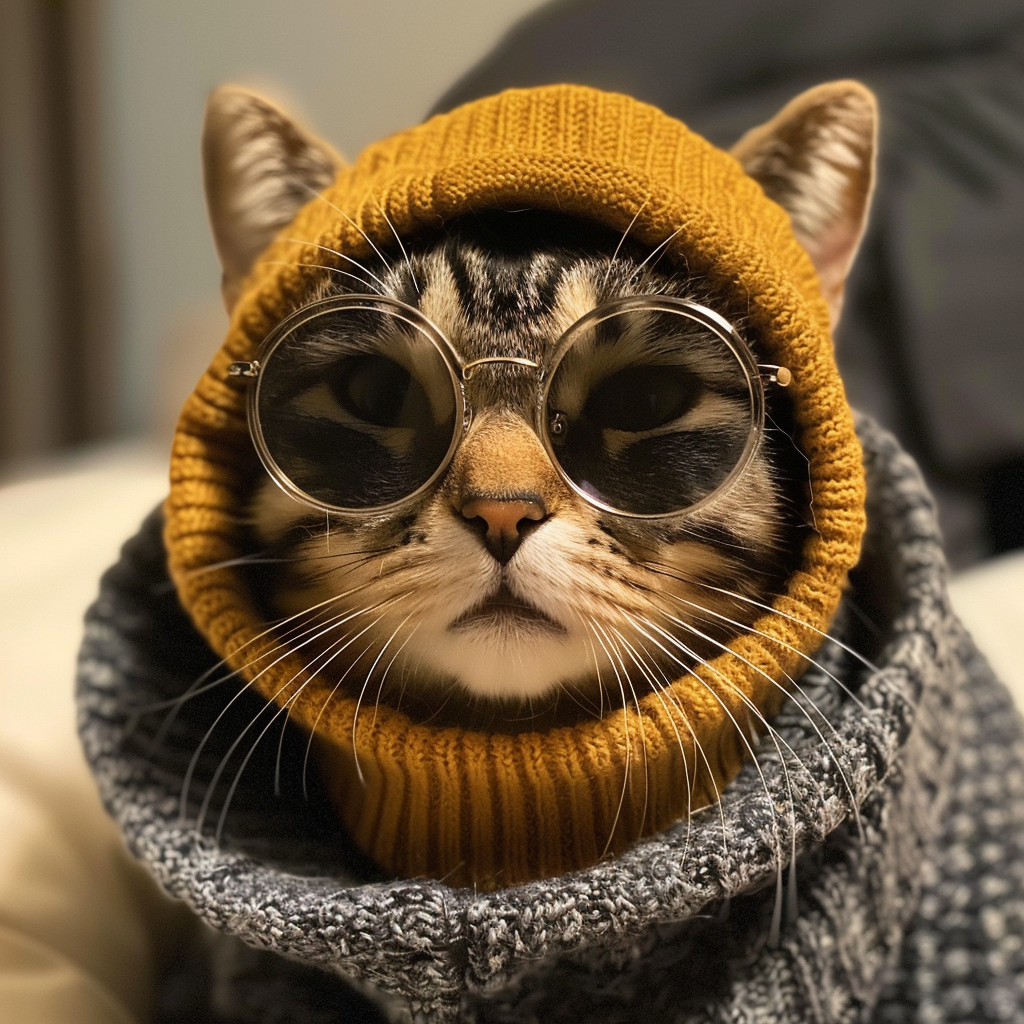
As the 1950s rolled into the 1960s, "cool cat" began to seep into mainstream culture. Beat poets like Jack Kerouac and Allen Ginsberg, long admirers of jazz culture, helped to popularize the term among the wider counterculture. In their works, the "cool cat" became a symbol of rebellion against the conformity of post-war America.
Hollywood, ever eager to capitalize on the zeitgeist, soon got hip to the jive. Films began to feature characters described as "cool cats," often jazz musicians or rebellious youth. The phrase became shorthand for a certain type of masculine ideal – suave, unruffled, slightly dangerous.
Yet, as with all slang, time began to dull the edge of "cool cat." By the late 1960s and into the 1970s, it had begun to feel somewhat passé, a relic of a bygone era. It became the province of out-of-touch parents trying to relate to their kids, or of nostalgic remembrances of the "good old days."
But like all great cultural artifacts, "cool cat" never truly faded away. It lives on in our collective cultural memory, a linguistic time capsule that, when opened, releases the heady aroma of smoky jazz clubs, the sound of snapping fingers, and the image of a world where being cool was an art form.
Today, when we hear someone described as a "cool cat," we're not just hearing a compliment. We're hearing an echo of a time when coolness was a form of resistance, when staying cool under pressure wasn't just admirable – it was necessary. It's a reminder of the power of language to encapsulate entire worlds of meaning in just two simple words.
So, the next time you hear "cool cat," tip your hat to the generations of musicians, poets, and rebels who imbued those words with such rich significance. After all, in a world that often feels chaotic and overheated, couldn't we all use a little more cool in our lives?
[Previous content remains the same]
The Cool Cat Cocktail: A Smooth Sip for the Hip Set
Hey there, hepcat! You've been digging this jazz joint all night, and now you're looking to wet your whistle with something that's got as much cool as the cats on stage. Well, cool your jets and feast your ears on this: The Cool Cat Cocktail. It's a drink so smooth, it'll have you snapping your fingers and bopping your head before you can say "23 skidoo."
What You'll Need (for one glass of liquid cool):
- 2 oz of smooth bourbon whiskey (make it top-shelf, daddy-o)
- 3/4 oz of fresh lemon juice
- 1/2 oz of honey syrup (equal parts honey and hot water, cooled)
- 1/4 oz of Luxardo maraschino liqueur
- 2 dashes of aromatic bitters
- Ice, as cool as you are
- A twist of lemon peel, for that extra zing
How to Mix It (with all the cool you can muster):
- First things first, grab yourself a cocktail shaker. If you don't have one, improvise – that's what jazz is all about, baby.
- Toss in a handful of ice. Make it dance in there like Gene Krupa on the skins.
- Pour in your bourbon. Let it flow like a Charlie Parker solo – smooth and strong.
- Squeeze in that lemon juice. Fresh, mind you – we're not playing any sour notes tonight.
- Drizzle in the honey syrup. Sweet, like Ella's voice on a slow ballad.
- Add a splash of that Luxardo. It's the secret ingredient, like a hidden blue note in a major scale.
- Dash in those bitters. Just a touch, to add complexity. Think of it as the modal jazz of flavors.
- Now, shake it like you're possessed by the spirit of Cab Calloway. Put some swing in that thing!
- Strain it into a chilled coupe glass. If you don't have a coupe, any glass will do – it's not about the vessel, it's about the vibe.
- Take that lemon peel and give it a twist over the drink. Watch the oils spray like Dizzy's spit valve. Drop it in.
- Take a moment to admire your creation. It's amber like the spotlight on a vintage mic, with a hint of froth on top like the collar of Miles Davis' cool white shirt.
Now, here's the most important part: sip it slow. Let each taste linger like the last note of a sultry sax solo. This isn't some gulp-and-go hooch – it's a symphony in a glass, dig?
Remember, a true cool cat knows that it's not about how much you drink, but how you drink it. Stay cool, stay in control, and let the music move you.
So here's to you, cool cat. May your drinks be smooth, your music be hot, and your nights be unforgettable. Now, if you'll excuse me, I think I hear Coltrane calling.
